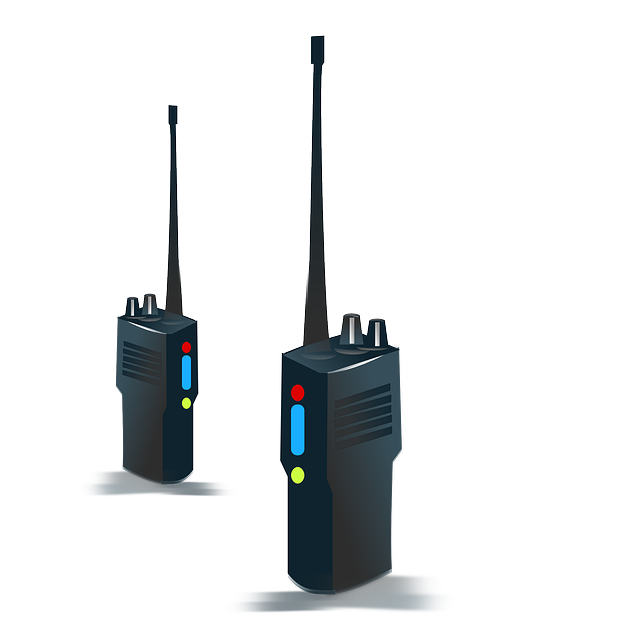
Image credit: Pixabay
Optimizing Location for Maximum Efficiency
Bi-directional amplifiers (BDAs or “signal boosters”) and a network of antennas help solve a wide variety of communications and connectivity issues. They can boost cellular and Wi-Fi signals, ensuring emergency communication systems work when needed. However, their locations must be optimized for maximum efficiency.
No matter the specific equipment or signal frequencies used, all RF projects depend on optimizing location for maximum efficiency. Here’s what you need to know:
Optimal Location Strategies for Maximum Efficiency
“Location, location, location” is not just a real estate catchphrase; it also applies to signal boosting. Today’s powerful BDA system strengthens weak signals, eliminates noise and distortion, and provides a strong signal to a network of antennas. However, placing them haphazardly won’t yield the desired results.
The first step in building an optimal location strategy is ensuring that the BDA can acquire a strong signal. Many strategies use an outdoor “donor antenna” that feeds signals to the BDA. You should consider a donor antenna if the signal going into your BDA isn’t strong enough.
You also need to consider the location of the building or area where you plan to boost signal strength. Urban environments with high density and modern office buildings with unique designs present major challenges for signal reception. Boosting signals across large outdoor, rural areas also comes with its own set of challenges. Power consumption and spectral efficiency considerations will shape your strategy in either case.
Top Tips for Optimizing Location Efficiency
Once you’ve considered location and signal strength, here are some top tips for optimizing location efficiency:
- Conduct a site survey: Before deploying any RF devices, perform a thorough site survey to understand the layout and potential obstacles, as well as how well signals travel across the site.
- Know your building materials: Different materials, such as concrete, metal, and brick, can attenuate signals. Wood and drywall typically have less impact. Research how building materials can affect your signal propagation plans.
- Elevate antennas: External antennas should always be placed as high as possible to reduce interference and the chance of blocked signals.
- Use line of sight when possible: Optimal signal propagation is achieved when BDAs and antennas have clear and unobstructed paths between them.
- Identify interference hotspots: Identify potential sources of interference, such as other RF devices, electronic equipment, and nearby networks. Strategically position BDAs and antennas around these hotspots.
- Use signal mapping tools: Many excellent signal mapping applications are available today. These tools can help you identify signal weak spots and plan your placement strategy.
Key Factors to Consider for Location Efficiency Optimization
Optimizing location efficiency in any RF project requires an understanding of signal propagation basics. Different frequencies exhibit their own characteristics. For example, 5G offers shorter ranges but higher data capacity, while lower frequencies tend to travel farther but with lower data rates.
Signals can also take multiple paths between a transmitter (e.g., a BDA) and receivers (e.g., antennas) due to reflections and the principle of diffraction. Multipath propagation can either benefit or negatively impact your project. Signal mapping apps can help optimize for multipath propagation.
The type and orientation of antennas also play a significant role in signal coverage. Directional antennas focus signals in specific directions, while omnidirectional antennas provide full 360-degree coverage. Choose the type that best suits your coverage area.

Image credit: Pixabay
Achieving Maximum Efficiency Through Location Optimization
Optimized placement involves strategically positioning devices throughout the coverage area. This principle applies to the placement of Wi-Fi access points, IoT sensor networks, and larger RF signal-boosting projects. Data throughput improves based on device placement.
Location optimization can be aided by signal mapping tools, as well as trial and error. Log signal strength and quality data with different placement locations, and analyze the data to identify weak spots and dead zones accurately.
Keep in mind that RF environments are dynamic and subject to change over time. Company growth, changes in user mobility, and building expansions can impact your location strategy in the long term. Plan ahead by placing devices that can be easily moved or added onto.
Boosting Efficiency through Location Optimization Techniques
Besides planning for potential future growth, consider these location optimization techniques:
Ensure even distribution of devices and antennas to minimize signal congestion. Consistent coverage is challenging when a single device is overwhelmed with too many connections. Whenever possible, centralize placement for more uniform coverage and reduced weaker signals at the edges of the coverage area.
Avoid signal reflections that occur when signals pass through reflective surfaces like windows and mirrors.
Implement monitoring tools that can measure signal strength and report data in real-time. These tools can alert you to drops in signal strength or increased interference, allowing you to take appropriate action.
Best Practices for Optimizing Location Efficiency
A good location optimization strategy takes all of the above into consideration. While not all aspects discussed here will apply to every RF and signal-boosting project, a solid understanding of signal propagation and location placement basics will yield better results.
No matter the scope or goal of your project, it’s always best to consult known experts in the RF industry. TX RX has been the industry leader for over 45 years. Our experienced team can help you choose the appropriate equipment and build a strategy with optimized location placement. To learn more, contact us and tell us about your project.
